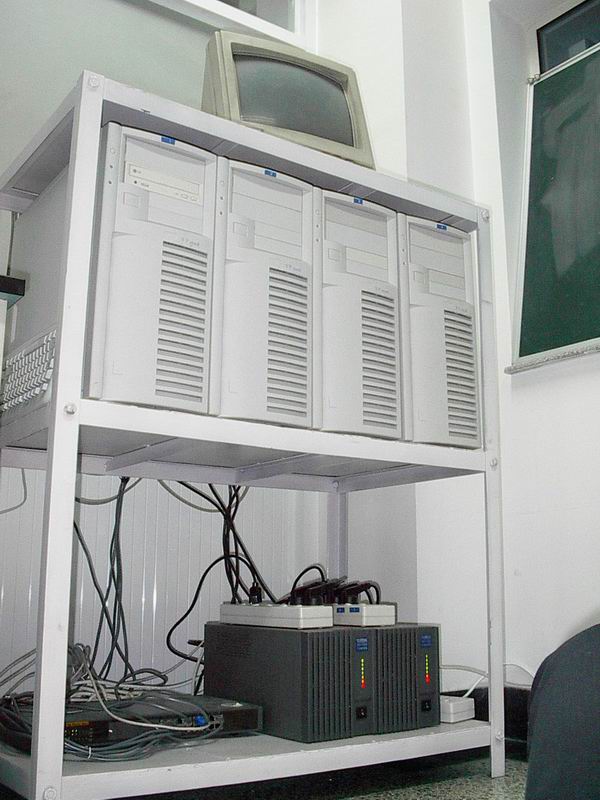

Ding (Oct 2002) Ding (Mar 2004) m (Oct 2003) user manual (ver. 1.0)
|
Year |
Computer |
Number of Processors |
Measured Gflop/s |
Size of Problem |
Size of 1/2 Perf |
Theoretical Peak Gflop/s |
|
2003 |
"m", ICCAS |
46 |
96.0 |
75000 |
|
220.4 |
|
2002 |
"ding", ICCAS |
7 |
7.77 |
18000 |
|
20 |
|
2002 - 2003 |
Earth Simulator Computer, NEC |
5104 |
35610 |
1041216 |
265408 |
40832 |
|
2001 |
ASCI White-Pacific, IBM SP Power 3 |
7424 |
7226 |
518096 |
179000 |
11136 |
|
2000 |
ASCI White-Pacific, IBM SP Power 3 |
7424 |
4938 |
430000 |
|
11136 |
|
1999 |
ASCI Red Intel Pentium II Xeon core |
9632 |
2379 |
362880 |
75400 |
3207 |
|
1998 |
ASCI Blue-Pacific SST, IBM SP 604E |
5808 |
2144 |
431344 |
|
3868 |
|
1997 |
Intel ASCI Option Red (200 MHz Pentium Pro) |
9152 |
1338 |
235000 |
63000 |
1830 |
|
1996 |
|
2048 |
368.2 |
103680 |
30720 |
614 |
|
1995 |
Intel Paragon XP/S MP |
6768 |
281.1 |
128600 |
25700 |
338 |
|
1994 |
Intel Paragon XP/S MP |
6768 |
281.1 |
128600 |
25700 |
338 |
|
1993 |
Fujitsu NWT |
140 |
124.5 |
31920 |
11950 |
236 |
|
1992 |
NEC SX-3/44 |
4 |
20.0 |
6144 |
832 |
22 |
|
1991 |
Fujitsu VP2600/10 |
1 |
4.0 |
1000 |
200 |
5 |
|
|
||||||
************************************************************************
(Full precision; the manufacture is allowed to
solve as large a problem as desired, maximum optimization permitted.)
Measured Gflop/s is the measured peak rate of
execution for running the benchmark in billions of floating point operations
per second.
Size of Problem is the matrix size at which the
measured performance was observed.
Size of 1/2 Perf is the
size of problem needed to achieve 1/2 the measured peak performance.